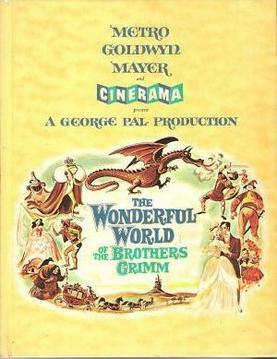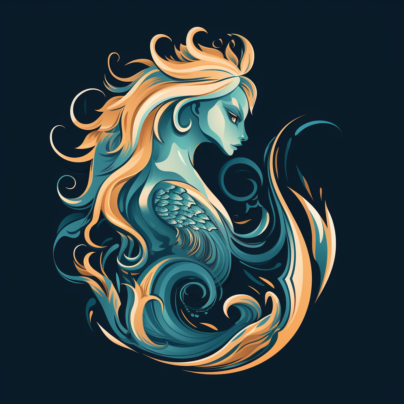“Forgotten Fantasy or Hidden Masterpiece? Revisiting The Wonderful World of the Brothers Grimm (1962)”
The Wonderful World of the Brothers Grimm is a classic film that brings the beloved fairy tales of the Brothers Grimm to life through a mix of live-action and animation.
When people talk about classic fantasy cinema, few titles feel as whimsical yet forgotten as The Wonderful World of the Brothers Grimm (1962). This ambitious production attempted something daring for its time—blending biography, folklore, and experimental technology into one dazzling spectacle. Sixty years later, it remains both a fascinating piece of film history and a divisive work that has aged in unusual ways.
At its core, he Wonderful World of the Brothers Grimm tells the story of Jacob and Wilhelm Grimm, the legendary German brothers who collected and preserved fairy tales that continue to shape popular culture. The biographical segments follow their struggles, particularly Wilhelm’s passion for fairy tales, contrasted with Jacob’s more practical pursuits. These narrative scenes are interwoven with dramatizations of three famous Grimm stories—The Dancing Princess, The Cobbler and the Elves, and The Singing Bone. This structure makes the film unique, as it shifts between historical drama and vibrant fantasy, almost like a cinematic storybook come to life.
The performances help ground the ambitious storytelling. Laurence Harvey portrays Wilhelm Grimm with a determined charm, showing a man obsessed with the power of imagination. Karl Böhm as Jacob provides a more measured, serious counterbalance. Claire Bloom and Barbara Eden add warmth and humanity to the story, while Russ Tamblyn shines in the fairy tale sequences with his physicality and energy. The acting occasionally feels stagey by modern standards, but within the grand, theatrical tone of the film, it fits surprisingly well.
Direction is divided between Henry Levin and George Pal, and you can feel the split. Levin’s hand guides the biographical portions with a steady, dramatic approach, while Pal—famous for his stop-motion and fantasy films—infuses the fairy tales with color, magic, and playful effects. Pal’s signature touch gives the film its most memorable moments, particularly the lively elves and imaginative set pieces.
Visually, the movie is a time capsule of cinematic experimentation. Shot in Cinerama, a widescreen format using three synchronized cameras and projectors, it was designed to immerse audiences in a way that few films dared to attempt. The result is a sweeping, panoramic look that makes castles, forests, and villages feel larger than life. However, Cinerama also introduced visible seams on screen, a quirk modern audiences may find distracting. Despite that, the film’s restoration in recent years has helped revive its breathtaking scale and artistry.
The soundtrack, composed by Leigh Harline, adds to the fairy tale atmosphere with sweeping orchestral themes that alternate between playful and dramatic. The score underscores the film’s blend of biography and fantasy, reminding audiences that they’re being transported into a magical realm where imagination and reality collide.
In terms of impact, The Wonderful World of the Brothers Grimm occupies an unusual place in film history. It was one of the very few narrative features shot in Cinerama, a process usually reserved for travelogues and documentaries. While it was not a massive box office success, it remains significant as both a fantasy film and a technical experiment. Its legacy endures mostly among film historians and enthusiasts of classic fantasy cinema, but the 2022 restoration has reintroduced it to a new generation of viewers curious about lost gems.
Overall, The Wonderful World of the Brothers Grimm is far from a perfect film, but it is undeniably a fascinating one. Its uneven pacing and dated storytelling may not appeal to all modern audiences, but for those interested in cinematic history, fantasy storytelling, or the roots of the Brothers Grimm on screen, it is well worth revisiting. It is both a celebration of imagination and a reminder of how ambitious Hollywood could be during the early 1960s.

Cast
The cast of The Wonderful World of the Brothers Grimm (1962) includes Laurence Harvey as Wilhelm Grimm, Karlheinz Böhm as Jacob Grimm, Claire Bloom as Dorothea Grimm, Walter Slezak as Stossel, Barbara Eden as Greta Heinrich, and Russ Tamblyn as the Woodsman.

 Buy me a coffee
Buy me a coffee